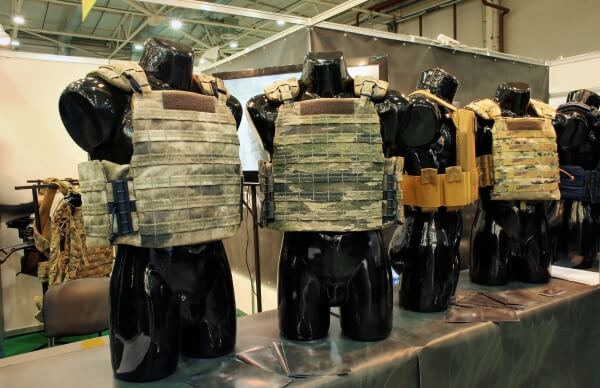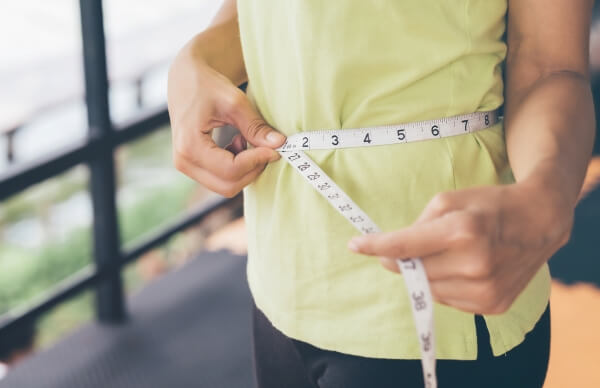Selecting the right body armor is essential for safety and performance. Plate carriers and soft armor offer different protection levels and mobility, making it important to choose based on threat type, operational needs, and comfort.
This guide compares plate carriers vs soft armor, highlighting ballistic protection, weight, flexibility, and application scenarios to help professionals make an informed choice for any mission.

What is Soft Armor
Soft armor refers to a type of body armor that uses flexible materials to stop bullets. Most soft body armor uses layers of strong fibers, such as Kevlar or similar materials. These fibers catch and slow down bullets, spreading the force over a larger area.
How Soft Armor Works
Soft armor works by absorbing and dispersing the energy from handgun rounds. The fibers in soft body armor create a net that traps the bullet and reduces its speed. This design helps prevent serious injury by stopping bullets before they reach the body.
Bulletproof vests made from soft armor are lightweight and flexible. Many people choose soft body armor for daily wear because it does not restrict movement. Bulletproof vests with soft armor can be worn under clothing for extra concealment.
Soft Body Armor Protection Levels
Soft body armor comes in different protection levels. These protection levels show what types of bullets the armor can stop. Most bulletproof vests with soft armor protect against common handgun rounds.
The National Institute of Justice (NIJ) sets standards for protection levels. For example, Level II and Level IIIA bulletproof vests offer ballistic protection against most handguns. Users should always check the protection levels before choosing soft body armor.
When to Choose Soft Armor
Soft armor works best for people who need to stay low-profile or move quickly. Undercover officers, security guards, and civilians often pick bulletproof vests with soft armor for daily use. Soft body armor offers comfort, concealment, and enough ballistic protection for most everyday threats.
Bulletproof vests with soft armor are ideal for situations where concealment and comfort matter most. They provide reliable ballistic protection without adding much weight. Many users prefer soft body armor for its flexibility and ease of use.
What is Plate Carrier
Plate carriers are a type of body armor designed to hold hard armor plates. These carriers offer more coverage and higher protection levels than most bulletproof vests made from soft materials. Many users choose plate carriers when they need strong ballistic protection against rifle rounds.
How Plate Carriers Work
Plate carriers use pockets to hold rigid armor plates. These plates stop bullets by spreading the force over a wide area. Most plate carriers allow users to adjust the fit for comfort and coverage.
Bulletproof vests with plate carriers often include extra features. Some have pouches for gear or tools. Others use straps or padding to improve comfort during long wear.
Plate Carrier Protection Levels
Plate carriers provide higher protection levels than soft body armor. They can stop rifle rounds that would pass through regular bulletproof vests. The protection levels depend on the type of plates used.
Most plate carriers use ceramic, steel, or polyethylene plates. These materials give strong ballistic protection. Users should always check the protection levels before choosing a plate carrier.
When to Choose a Plate Carrier
Plate carriers work best for people who face high-threat situations. Soldiers, tactical teams, and some law enforcement officers rely on these bulletproof vests for maximum safety. Plate carriers offer more ballistic protection but add weight and bulk.
Bulletproof vests with plate carriers suit those who expect rifle threats or need extra coverage. They provide strong body armor for dangerous environments. Many users accept the trade-off in comfort for better protection levels.
Plate Carrier vs Soft Armor Comparison
The debate between plate carrier vs soft armor centers on several important features. The table below highlights the main differences between these two types of bulletproof vests:
|
Feature |
Plate Carriers |
Soft Armor |
|---|---|---|
| Protection | Stops rifle and handgun rounds | Stops most handgun rounds |
| Weight | Heavy, can cause fatigue | Lightweight, easy to wear |
| Comfort | Less comfortable, bulky | More comfortable, flexible |
| Concealability | Hard to hide under clothes | Easy to conceal |
| Cost | Usually more expensive | Often less expensive |
Plate carriers provide higher ballistic protection than soft armor. They use hard plates to stop powerful rifle rounds. Soft armor uses flexible materials to stop handgun rounds and offers better comfort.
Choosing Plate Carrier vs Soft Armo
Assessing Threat Level
Choosing between plate carriers and bulletproof vests starts with understanding the threat level. Some environments present a risk from rifle rounds, while others involve mostly handguns. Plate carriers protect against rifles, making them essential for military or tactical teams.
Bulletproof vests with soft armor work well for lower-threat situations. Security guards and civilians often face handgun threats. They rely on soft armor for daily protection.
Body armor selection depends on the expected danger. Users should always match their gear to the most likely threat. This step ensures the right balance between safety and practicality.
Comfort and Mobility
Comfort and mobility play a big role in choosing bulletproof vests. Plate carriers offer strong protection but add weight and bulk. Some users find them tiring during long shifts or active movement.
Soft armor provides a lightweight and flexible option. Many people wear these bulletproof vests under clothing for hours without discomfort. They allow for quick movement and less fatigue.
Body armor should never limit a user’s ability to perform tasks. The right fit and design help maintain comfort. Users should try different options to find what works best for their needs.
Concealability and Everyday Use
Concealability matters for those who need to blend in. Bulletproof vests with soft armor hide easily under shirts or jackets. Many undercover officers and private citizens choose these for daily wear.
Plate carriers stand out due to their size and shape. They work best in open or tactical settings where concealment is not a priority. Some plate carriers offer low-profile designs, but most remain visible.
Body armor for everyday use should not draw attention. Users must consider their environment and how often they need to wear protection. The right choice keeps them safe without sacrificing discretion.
Cost Considerations
Cost can influence the decision between plate carriers and bulletproof vests. Plate carriers usually cost more because of the materials and higher protection levels. Some users invest in these for long-term safety in dangerous jobs.
Bulletproof vests with soft armor often come at a lower price. They provide reliable protection for those on a budget. Many people choose these when cost is a major factor.
Body armor should fit both the user’s needs and their budget. Comparing prices and features helps buyers make smart choices. Investing in the right gear ensures safety without overspending.
Body Armor Fit and Care

Ensuring Proper Fit
Proper fit ensures that bulletproof vests and plate carriers provide maximum protection. A vest that fits well covers vital areas without restricting movement. Users should adjust straps and closures so the gear sits snugly against the torso.
Plate carriers come in different sizes and shapes. Each user should try several models to find one that matches their body type. The front and back plates must align with the center of the chest and back.
Bulletproof vests should not ride up when sitting or bending. The bottom edge should rest just above the waistline. When wearing plate carriers, users must check that the plates do not shift during movement.
Maintenance Tips
Regular care extends the life of bulletproof vests and plate carriers. Users should inspect their gear for damage before and after each use. Look for frayed straps, loose stitching, or cracks in the plates.
Cleaning bulletproof vests requires gentle methods. Remove the plates from plate carriers before washing. Use mild soap and water for the fabric parts, and let them air dry.
Never use harsh chemicals or machine washing for bulletproof vests or plate carriers. Store body armor in a cool, dry place away from direct sunlight. Proper storage keeps the materials strong and ready for use.
Conclusion
Plate carriers offer strong protection against rifle threats, while soft armor provides comfort and easy concealment. Plate carriers suit high-risk environments and tactical needs. Soft armor works best for daily wear and low-profile situations. should compare plate carriers and soft armor based on threat level, comfort, and mobility.
Plate carriers require careful fit and regular care to maintain safety. Choosing the right gear means understanding how plate carriers meet specific needs.
